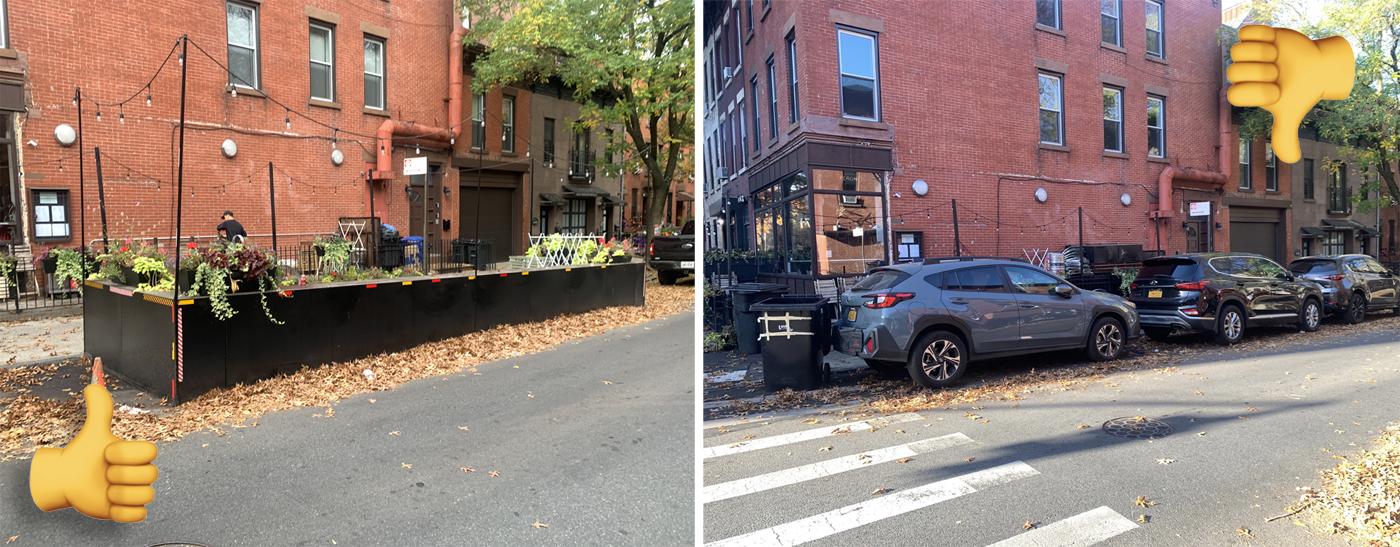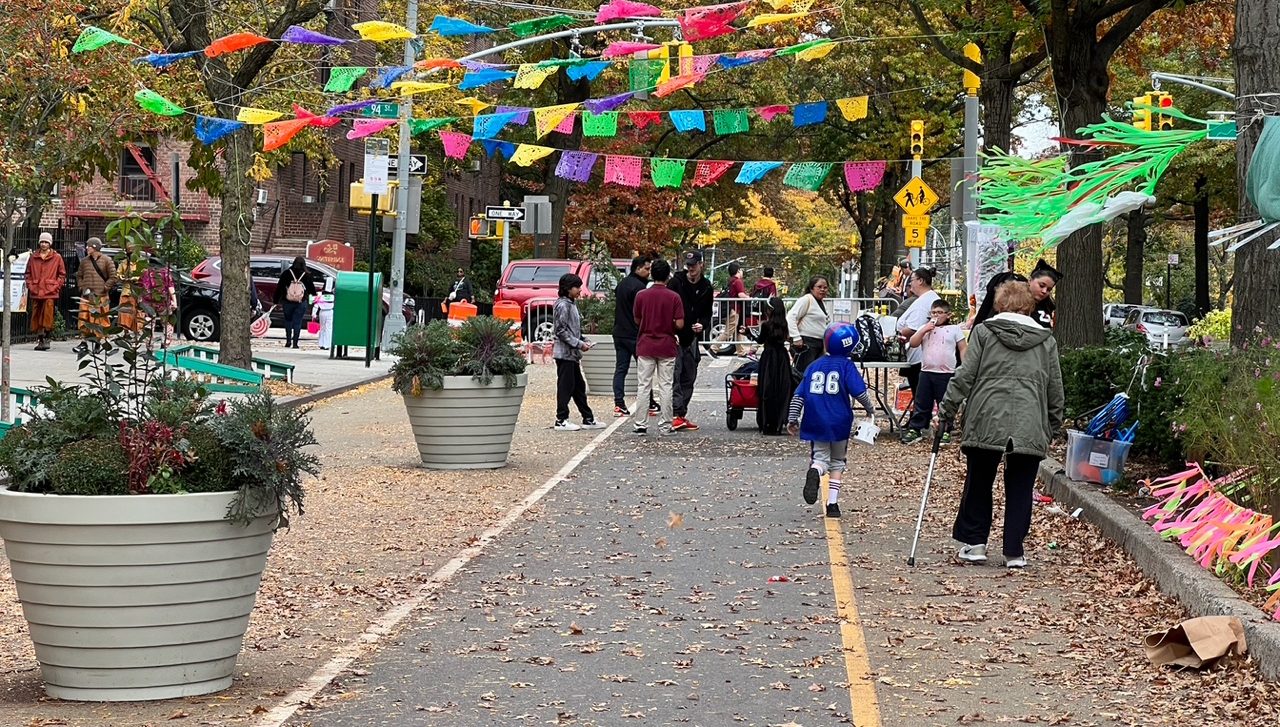If you're on the Twitter, you may have noticed that Howard Wolfson, a senior adviser and communications strategist for Mayor Bloomberg with a long resume in Democratic Party politics, has been tweeting up a #bikenyc storm lately. Wolfson's bike tweets tend to focus on the lengthy record of public support for bike lanes -- all the community board votes and public surveys that for some reason don't get mentioned in the editorial pages of the Daily News or the Post.
The tweets come from Wolfson's personal account, but given his position inside the mayor's political circle, the bursts of text seem to hint that the administration's support for Transportation Commissioner Janette Sadik-Khan runs deeper than you would surmise if your only information came from, say, Michael Grynbaum stories.
This morning, with New York Magazine's epic he-said/she-said on NYC bike policy making the rounds, Wolfson sent out a memo with more of an official imprimatur. Using "Office of the Mayor" letterhead [PDF] that should catch the attention of the city's press and political class, he outlined the following case: Bike lanes are popular, supported by the public process, and a proven method to make streets safer.
He also includes a piece of data I haven't come across before, which nicely encapsulates how illogical it is to claim that expanding the city's bike infrastructure threatens pedestrian safety:
- From 2001 through 2005, four pedestrians were killed in bike-pedestrian accidents. From 2006 through 2010, while cycling in the city doubled, three pedestrians were killed in bike-pedestrian accidents.
Shouldn't this sort of information have made its way into Matt Shaer's NY Mag piece, instead of bike lane crank Jack Brown comparing bike policy to terrorist attacks?
Here's the full Wolfson memo:
MEMORANDUM
To: Interested Parties
From: Howard Wolfson
Subject: Bike Lanes
Date: March 21, 2011
In light of this week's New York magazine article about bike lanes I thought you might find the below useful.
- The majority of New Yorkers support bike lanes. According to the most recent Quinnipiac poll, 54 percent of New York City voters say more bike lanes are good "because it's greener and healthier for people to ride their bicycles," while 39 percent say bike lanes are bad "because it leaves less room for cars which increases traffic."
- Major bike lane installations have been approved by the local Community Board, including the bike lanes on Prospect Park West and Flushing Avenue in Brooklyn and on Columbus Avenue and Grand Street in Manhattan. In many cases, the project were specifically requested by the community board, including the four projects mentioned above.
- Over the last four years, bike lane projects were presented to Community Boards at 94 public meetings. There have been over 40 individual committee and full community board votes and/or resolutions supporting bike projects.
- Projects are constantly being changed post-installation, after the community provides input and data about the conditions on the street. For example:
- The bike lane on Columbus Avenue was amended after installation to increase parking at the community’s request.
- Bike lanes on Bedford Avenue in Williamsburg and on Father Capodanno Blvd. in Staten Island were completely removed after listening to community input and making other network enhancements.
- 255 miles of bike lanes have been added in the last four years. The City has 6,000 miles of streets.
- Bike lanes improve safety. Though cycling in the city has more than doubled in the last four years, the number of fatal cycling crashes and serious injuries has declined due to the safer bike network.
- When protected bike lanes are installed, injury crashes for all road users (drivers, pedestrians, cyclists), typically drop by 40 percent and by more than 50 percent in some locations.
- From 2001 through 2005, four pedestrians were killed in bike-pedestrian accidents. From 2006 through 2010, while cycling in the city doubled, three pedestrians were killed in bike-pedestrian accidents.
- 66 percent of the bike lanes installed have had no effects on parking or on the number of moving lanes.





